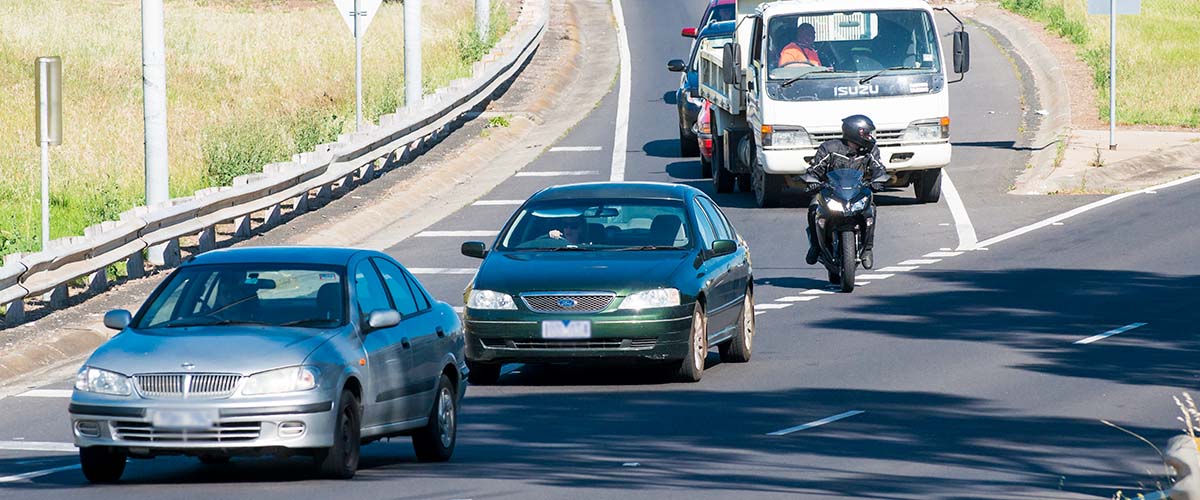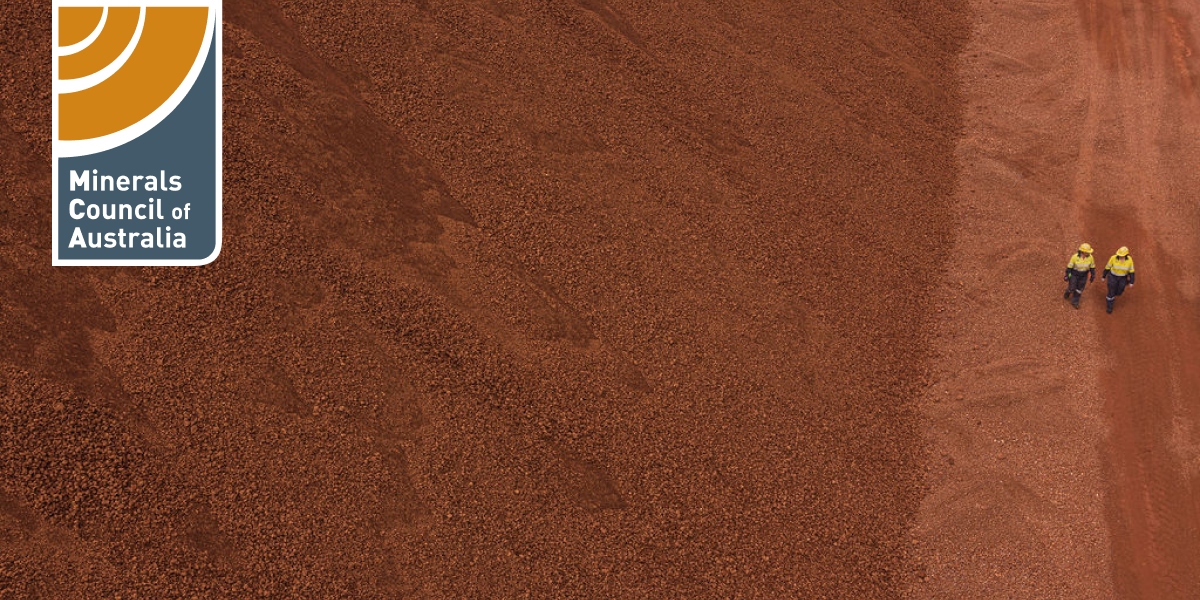Treasurer and Minister for Trade and Investment Cameron Dick has today outlined the preliminary cost of last week’s severe weather event to the state budget and the broader Queensland economy.
The Treasurer said the multi-billion dollars impacts reinforce the importance of building more resilience into infrastructure across the state.
“Right now, our immediate focus is on helping those families and businesses hit by this disaster to get back on their feet,” the Treasurer said.
“But at the same time, we are beginning the planning work that will create stronger, safer, more resilient communities.
“It’s important to note that these estimates of the cost of this severe weather event are preliminary, and likely to rise as more damage assessments are conducted.”
Preliminary economic impacts include:
- Recovery programs and support measures: $2-2.5b
- Reduction in Queensland economic activity: $1b
- Private insurance claims: $936m
The recovery and support measures include some programs that will be jointly funded by the Commonwealth. The measures also include:
- nearly $560 million allocated for small business, not-for-profit, primary producers, local governments and sporting and community organisation facilities.
- $100 million in hardship payments to more than 11,500 applications, benefitting almost 30,000 people.
The Treasurer said initial indications are that the cost of the SEQ rain bomb will be lower than previous events that had a greater impact on regional Queensland.
“For anyone dumping treasured possessions or hosing the mud out of their home, comparisons to other floods don’t mean much,” the Treasurer said.
“But the impact on our budget and economy does affect how quickly we can recover from natural disasters.
Treasury’s preliminary estimates of a $1 billion reduction of economic activity in 2021-22 equates to around ¼ of a percentage point of gross state product (GSP).
The sectors which have been affected most include:
- agriculture and horticulture
- construction
- tourism, accommodation and hospitality
- wholesale trade
- retail trade
- transport and
- recreational and entertainment activities.
Comparative events
2010-11, floods and Severe Tropical Cyclone Yasi
- 2¼ percentage point loss of GSP
(flooded coal mines, extensive damage to rail and port operations, reduction in sugar, horticulture and other crop harvests, as well as severely impact on tourism)
2017, Severe Tropical Cyclone Debbie
- around ¾ of a percentage point loss of GSP
(coal rail lines shut for an extended period, major damage to Whitsunday tourism infrastructure)
2012-13, ex-Tropical Cyclone Oswald
- around ¼ percentage point loss of GSP
(substantial losses in agricultural production in Wide Bay-Burnett, Lockyer and Fassifern Valleys, temporary disruption of coal mining operations and transportation)








